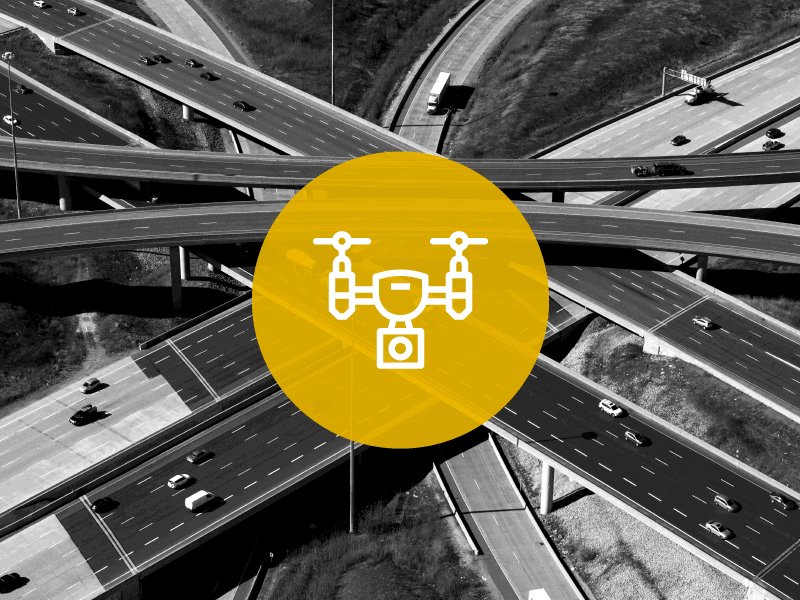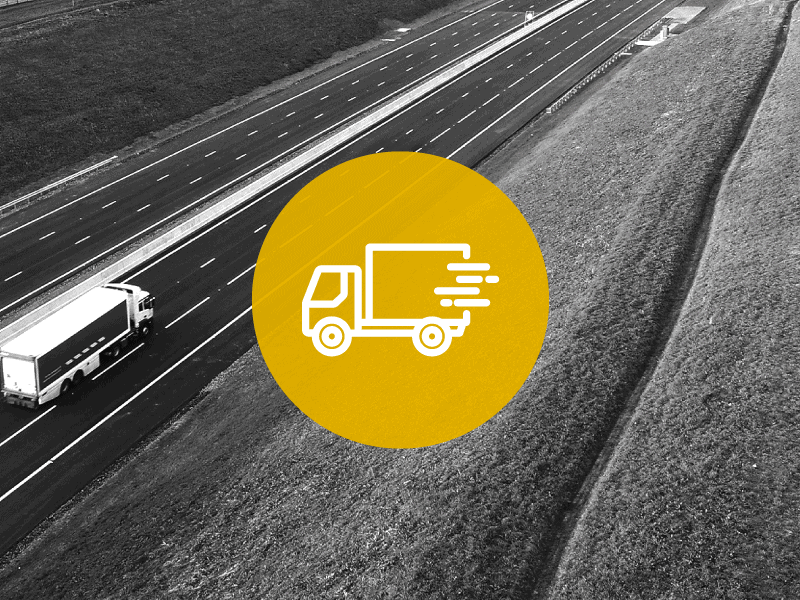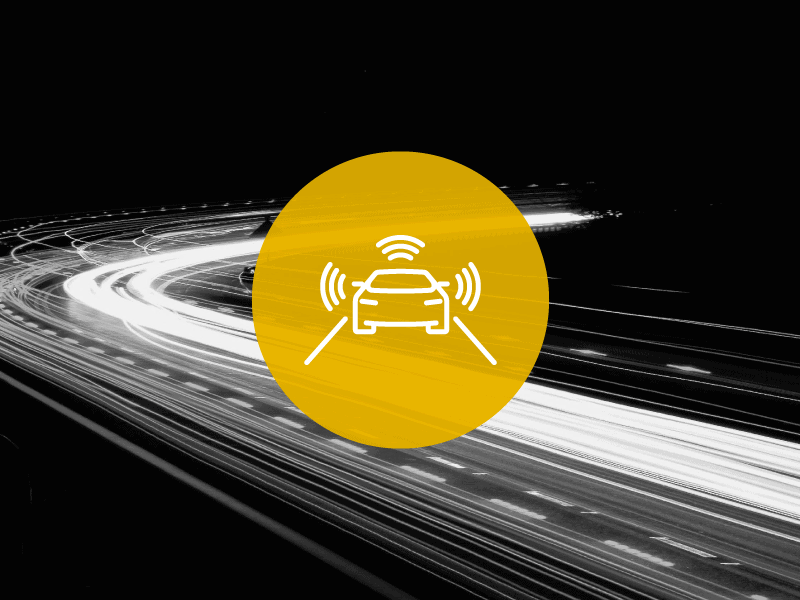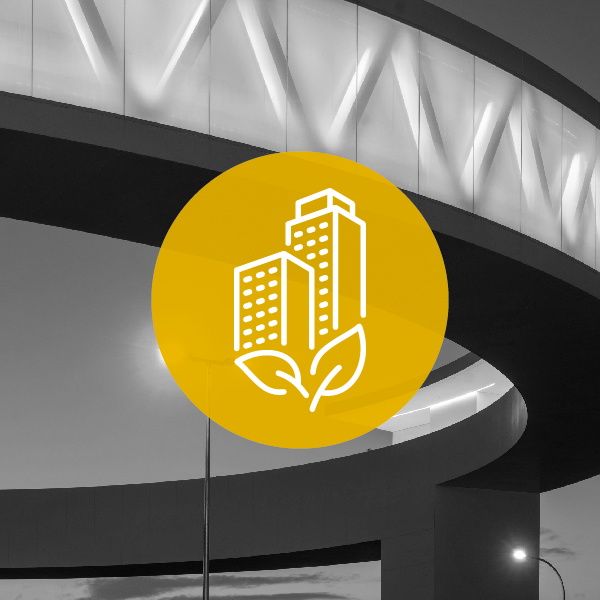What If…?
One of the tools we use is scenario planning, a methodology based on creating plausible future scenarios.
The process in place helps us detach ourselves from cognitive biases and preconceptions, allowing to question existing assumptions. It also help us acquire new skills to be able to work in uncertain environments and anticipate implications and opportunities to make better decisions in the present time.
These scenarios shouldn’t be seen as an end in themselves but as a means of answering an important question: what should I be doing today, considering that this possible future could come to pass?
A pillar of this methodology is collaboration. Having as many points of view as possible will help us generate an enriching debate and visualize different options. Therefore, we seek to create new cooperation networks with which to work in the generation of these scenarios and / or the resulting opportunities.
Hyperloop
The hyperloop is a super-fast system for transporting passengers and goods. The cabin travels at over 1000 kilometers per hour through a vacuum tube. These pods don’t touch the track so as to eliminate friction, meaning they levitate.
Learn more
Urban Air Mobility
Electric vertical takeoff and landing (eVTOL) vehicles, more commonly known as flying cars, are close to becoming a reality in urban and interurban transportation. Can you imagine taxis, private vehicles, and even public transit flying over buildings?
Learn More
Urban Logistics
This branch of logistics encompasses all of the activities involved in management and transportation of goods within, beyond, and through a metropolitan area. Urban logistics landscapes face numerous challenges, which may lead to significant business opportunities in the years to come.
Learn More
Connected Autonomous Vehicles
The introduction of connected autonomous vehicles has the potential to revolutionize the way we get around and transport goods. The vehicles will look completely different from what we know today.
Learn moreEnergy Storage
It refers to a suite of existing and emerging technologies that convert the electrical energy from power systems and stores energy
Learn more
Sustainable Construction
The construction sector faces the significant challenge of sustainability, requiring the adaptation of practices to minimize environmental impact, conserve natural resources, and promote social and economic well-being.
Learn moreHow do we work with Scenario Planning?
Scenario planning methodology provides us with a tool to perceive, detect, and visualize plausible futures in order to learn to work in increasingly turbulent/volatile, uncertain, novel/complex and ambiguous environments. It helps us develop a long-term thinking strategy and avoid the tendency to extrapolate trends from the past to the future.
Scenario planning is a way of dealing with the unpredictable in a structured and disciplined way. Unlike traditional strategic planning, which assumes that there is only one correct answer for each situation, scenarios are neither predictions nor forecasts. They do not imply a vision of the future committed to a single alternative.
Each scenario is a story that tells a plausible future, supported by a robust and structured process of analysis. The combination of all the scenarios represents an area in which the future could be. Scenarios are not predictions or forecasts. By using scenario planning, we can detect opportunities and threats to develop possible strategies.
In a simplified way, these are the main stages of the process that we follow:
- Preparation of the main topic, the purpose of the exercise, and its scope.
- Detection of the factors that impact this main issue.
- Analysis of the main true and uncertain drivers that make up the system.
- Arrangement of the scenarios while taking into account the combination of these drivers.
- Determination of implications and opportunities for each scenario.
- Development of the necessary strategies.
- Monitoring of the evolution of the environment.
- Dissemination of the information obtained.
